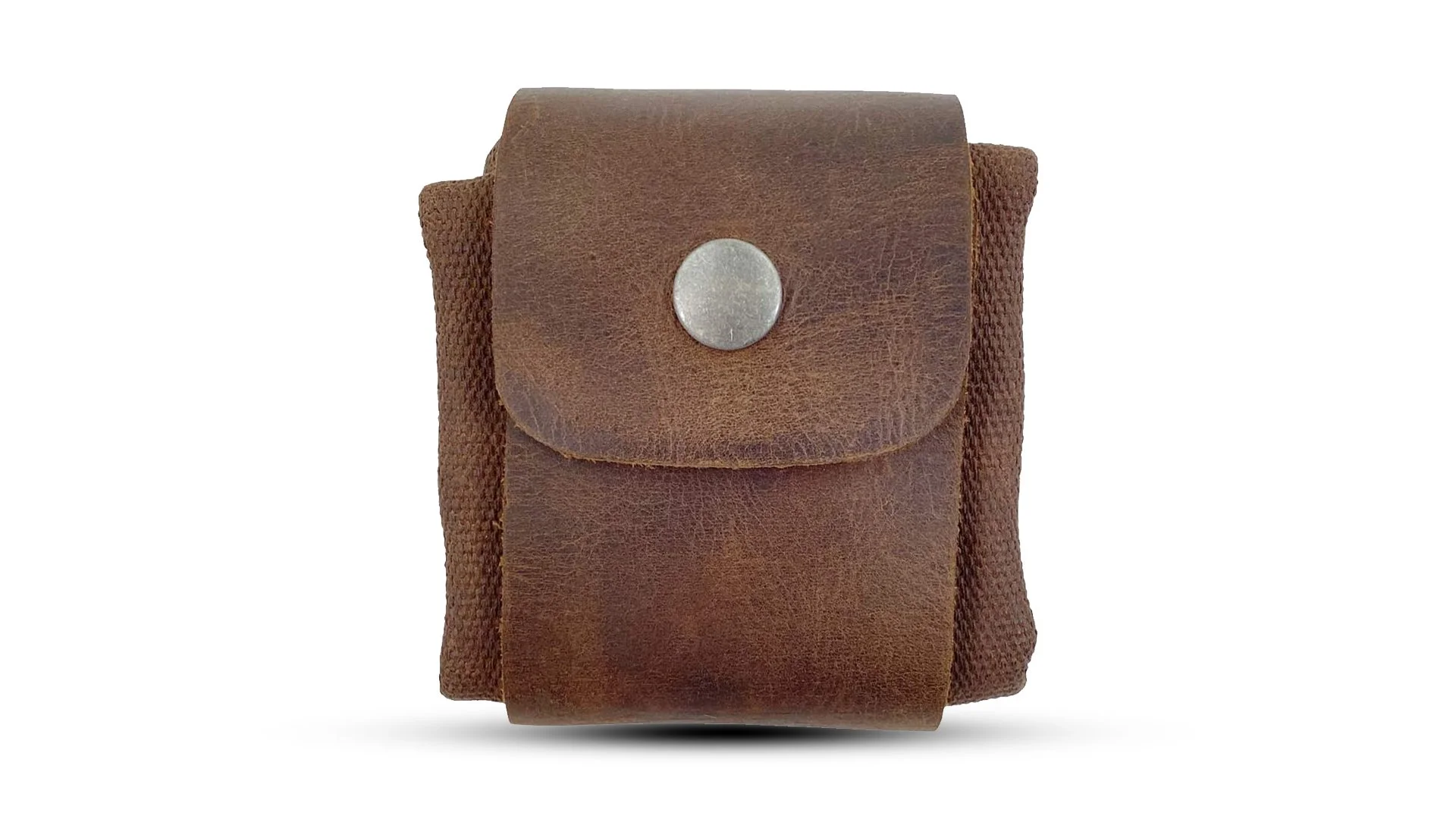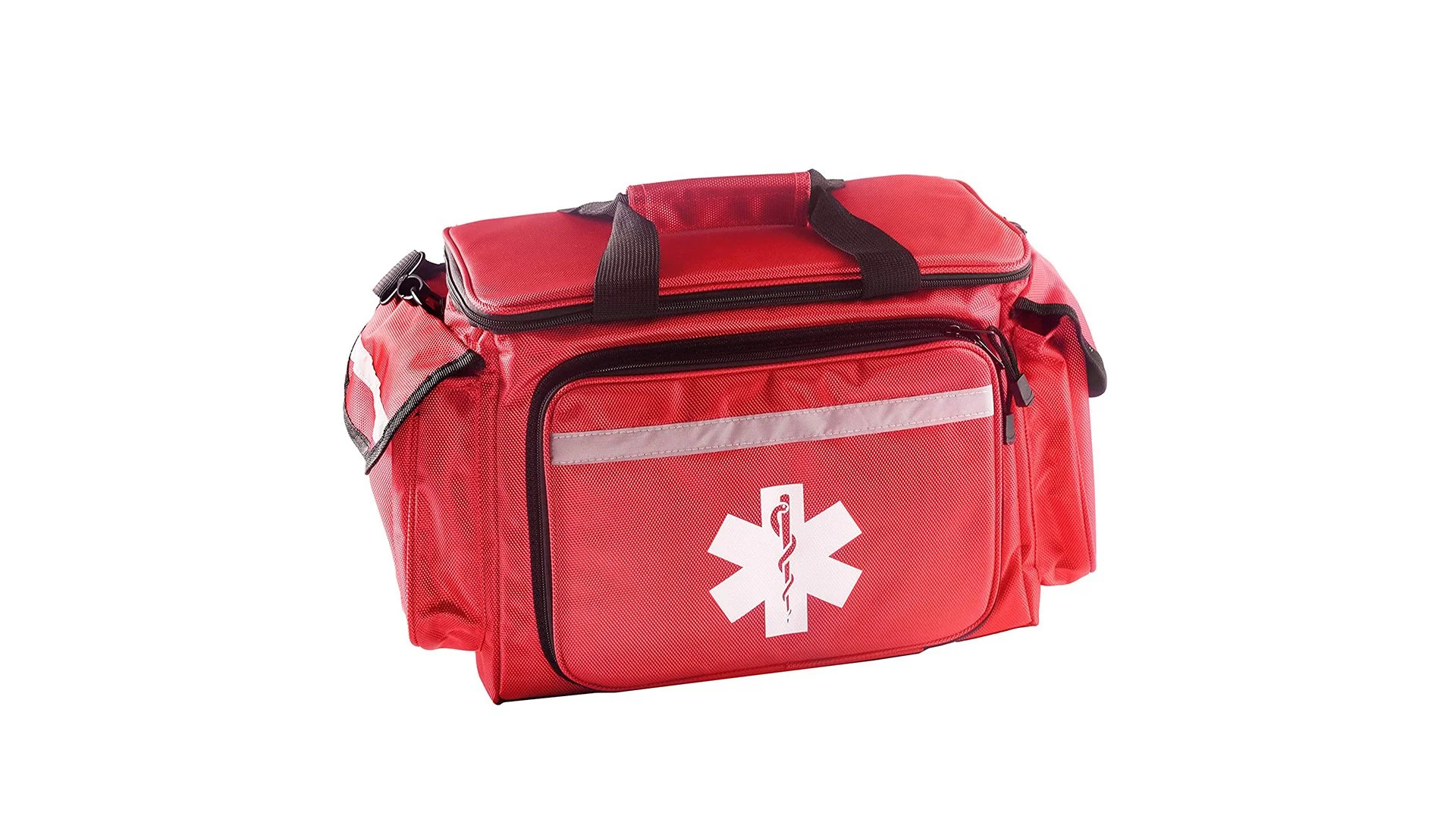The Must-Have Gifts For Winter Foraging
Discover > Product Recs > The Must-Have Gifts For Winter Foraging
Winter is here, and with it comes the season of foraging! There are several varieties of wild plants that grow during the winter months that can be put to good use: wild edible mushrooms (What wine goes well with mushrooms?) like morels, chanterelles, and porcini; ripe berries like hawthorn berries, wild cranberries, and common juniper berries (how long do juniper berries last?); edible roots like cattail roots, chicory root, and burdock roots; nuts (how long do nuts last?) and seeds (how long do seeds last?) like acorn and hickory nuts; even certain winter greens and herbs like parsley and sage. This is an exciting rich harvest of wild edibles and medicinal plants for your forager friends and family to enjoy!
While foraging for wild foods in the cold weather is hard work and may not be the most riveting outdoor activity for some, in my opinion, for the most part, it’s a serene experience and by far the most captivating pastime, especially in the more remote regions of Texas. When an experienced forager is in their element, be it a dry desert or a snowy forest in the colder regions, they feel totally comfortable and at home.
Even today, confidence in the wild is something worth having. Since foraging in winter is a whole different experience than foraging in summer or spring, winter foragers need to be prepared for any situation. And if you find yourself in one of Texas’s more remote corners, knowledge of edible wild plants and equipment designed to aid winter foraging may just save your life.
Foraging Bag
The first thing you will need for foraging is storage to store your harvest. That is why a foraging bag is a must. You will need one with a lot of compartments so you can separate your finds by category. For example, tiny black seeds, edible root, pine cones, and ghost apples are all different sizes and would be better to have their own space within the bag. Foraging bags range from novice zip-lock bags to durable, multi-container receptacles. When it comes to buying your own bag, material is the main thing to consider though. If you’re a stickler for the classics, you cannot go wrong with this Leather Waxed Canvas Folding Pouch. However, if you’re a fan of modern, lightweight gear, this Elite Spanker may just be for you.
Foraging Knife
If you’re reading this with the intention of buying a gift for a keen forager, you can’t go wrong with a good knife. Foraging knives, also known as mushroom knives, are incredibly versatile and come in a wide variety of materials and styles. Beyond their use for mushroom gathering, foraging knives can also be used to scrape and cut trees' outer bark, inner bark, and seed pods.
Ever since I got my first pocket knife as a kid for foraging wild food in the woods, Opinel has consistently been my favorite brand. Their French-designed folding knives are some of the most reliable on the market, with the mechanics of these tools being beautifully simple.
P.S. The Opinel No. 8 also comes in red!
Pruning Shears
If you've ever foraged for anything—mushrooms, berries, greens—then you know that it's a delicate process. You don't want to do any damage to the vegetation while you're collecting it. That is why a pair of shears is essential if you forage in winter. It creates clean cuts that leave minimal damage to plants. This is crucial, as one of the main objectives of foraging is to leave something behind to regrow.
There are two main types of shears, straight mouth shears and bypass pruners.
I prefer bypass pruners as they produce a much neater cut. However, they are slightly harder to angle properly when trying to reach an out-of-the-way branch.
First Aid Kit
A first aid kit is something that gets overlooked a lot, which shouldn’t be the case as it’s a super important piece of equipment! You should have one on your person anytime you’re out winter foraging, or at least have one lying in your car just in case. Accidents happen more frequently when foraging during the winter months, so it's best to be prepared.
These days, first aid kits come in sizes as small as this First Aid Only Kit, or larger than this PrimaCare EMT bag. Just make sure you have easy access to your kit, as you never know when you might really need it.
Books and Other Foraging Guides
Braiding Sweetgrass
Braiding Sweetgrass is a truly beautiful book about foraging. Why? Because it teaches you how to create your own foraging journey. No matter how much studying you do, you’ll never be able to memorize all the different kinds of edible plants out there. So, instead of solely being a source of dense information, the book inspires its readers to follow their own path.
Foraging Texas
Contrary to Braiding Sweetgrass, Foraging Texas is a cut-to-the-chase, factual book about plants in Texas. If you’re like me and prefer a more logical approach, then this is the book for you. That being said, I highly recommend exploring both ends of the spectrum, as each approach has a lot to leach.
Ready to forage?
If you're eager to try your hand at winter foraging as well and have purchased the tools listed above, here are some common foraging finds in the forest floor that you should keep an eye out for on your adventure:
Rose hips: rose hips can be eaten raw or cooked, and they're delicious in fruit salads or tea.
Pine needles: harvest a pine tree to make pine needle tea, which is high in vitamin C. They make a great addition to your winter diet. You can also use pine bark instead of needles for the tea or you can use the bark to make cookies and bread.
Yellow dock seeds: dock seeds are nutrient-dense and an excellent source of protein and fiber, so they're perfect for adding some extra nutrition to your meals.
Wild carrot: wild carrots have a sweet taste similar to regular carrots but with a bit more bite!
Conifer needles: most conifers can be made into tea. You can get these from pine trees, fir needles, and spruce needles. Simply cut some branches with pruning shears and soak the needles like tea.
Black walnuts (how long do walnuts last?): these are so easy to find (just look under any tree) and they can be kept in storage all winter long. Roast them in the oven then put them on top of ice cream or in cookies for a tasty treat any time of year!
Oyster mushrooms: these grow on dead or dying trees, especially maple trees. They have a creamy orange color and can be used in cooking or consumed raw.
Wild grapes: these grapes can be found growing on vines above ground or along tree trunks. They're a good source of vitamin C, and they're delicious in jams and jellies!
Wild cranberries: these grow in wetlands, so they need to be harvested while they're dry—otherwise, you'll end up with muddy hands! They taste great in soups, sauces, and desserts.
Ponderosa pine needles: these are high in vitamin A and can be eaten as a snack or used as an herbal tea. If you want to cook with them first though (which we recommend), make sure they've been dried out before storing them away for later use!
Oak tree: Oak trees are good sources of medicinal properties, like birch bark and peels. They also have acorns that can be used as flour, oil, or meal.
Maple seeds: these are best eaten raw—it tastes remarkably like popcorn! (how long does popcorn last?) They're also good when roasted over an open fire (or stovetop) with salt sprinkled on top beforehand until golden browned color appears
Tree saps: harvested in late winter, tree sap can be used as an ingredient in soaps and candles, or just eaten by itself (like maple syrup! (how long does maple syrup last?)).
Wild greens: These greens include dandelion, garlic mustard (part of the mustard family), and peppergrass (which is also a spice due to its peppery flavor)—there’s a good chance to find these at roadsides, under snow cover, or near parks with lots of foot traffic
Winter foraging, if done properly, is more than just getting food. Some wild plants also have medicinal properties and can be used as survival food. It cultivates practical self-reliance and makes us more aware of the environment around us.
Going on a winter foraging excursion with friends and family is an excellent way to have a great time while out in the park's natural wonder. Plus if the rivers are not frozen, you can try out cold water swimming, which can be an exhilarating side activity. Winter foraging also gets the kids involved in outdoor activities and helps them develop a sense of responsibility by teaching them how to safely identify edible plants in their natural habitat.
Today, foraging is a sought-after hobby. It helps you connect with nature and where your food comes from, and I believe that even just a few minutes of exploring the forest can bring calmness and a sense of peace that's desperately needed by most people in our busy modern world.
If you prefer to spend your winter indoors but still want some fresh harvest, try creating an indoor herb garden. Read here to learn how!








